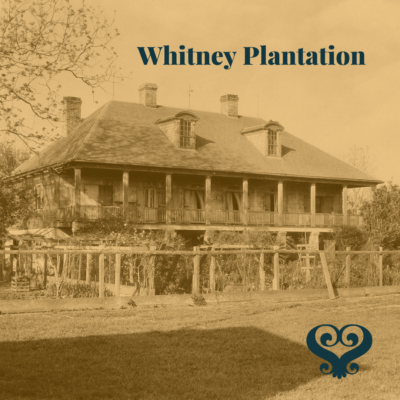Opening in 2014, Whitney Plantation was the first plantation turned museum that focused on enslavement in the United States. The founder of the museum, John Cummings, bought the Louisiana plantation in 1999 and spent years in the restoration process. In 2019, Whitney Plantation became a 501(c)(3) organization governed by a board of directors.
Before Cummings, Whitney Plantation had a long list of owners spanning back to the era of enslavement. Its founder, Ambroise Heidel, bought the land that would become Whitney Plantation in 1752. On the land, he would go on to enslave 20 Africans. In its history the plantation would produce indigo, sugar cane, and rice through enslaved labor.
Conditions for enslaved people who resided in Louisiana were beyond horrific. Though conditions were immeasurably harsh, acts of resistance were common throughout the era of enslavement. Marronnage- or the process of escaping from enslavement was one such example. Punishment for marronnage was brutal and sometimes fatal.
The Whitney museum is forthcoming with their mission of education and does not glorify the horrors of enslavement. Instead, Whitney Plantation focuses on the history of the Transatlantic Slave Trade and the history of slavery in Louisiana, allowing visitors to walk the grounds on a self-tour, or providing guided tours.
While on our Pilgrimages to the South, Whitney Plantation is among the first stops on the journey. This is an important stop on our pilgrimage because it is a somber and awakening experience for our participants to understand the true horror and tragedy that is the era of enslavement in the United States. Beginning on the grounds of Whitney Plantation allows visitors to feel the true and undeniable reality of enslavement and its legacy that lives on to this day.

